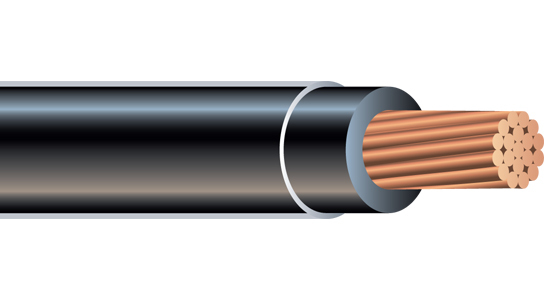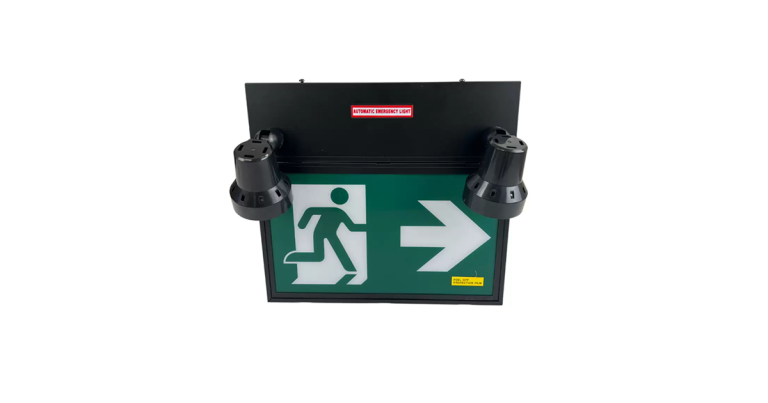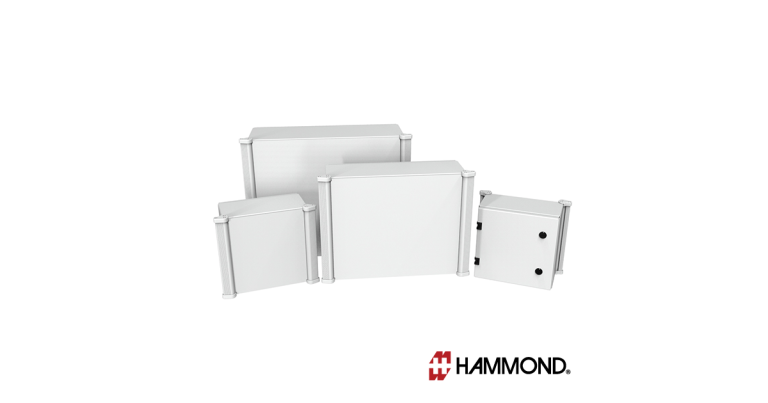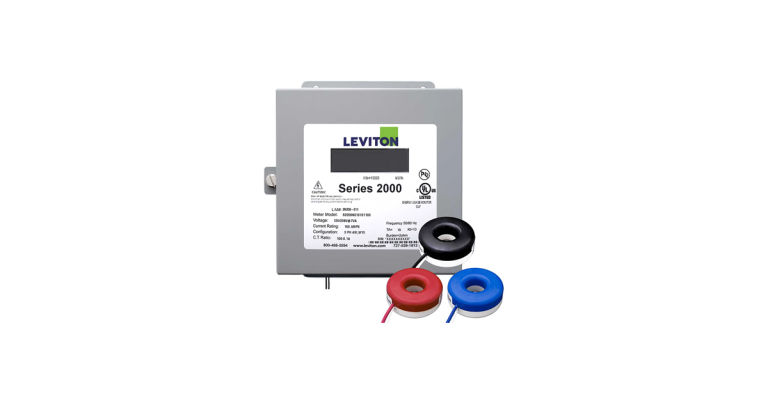SIMpull THHN Copper Wire

July 18, 2023
Southwire® SIMpull THHN® copper conductors are primarily used in conduit and cable trays for services, feeders and branch circuits in commercial or industrial applications.

Voltage for all applications is 600 volts. Copper Conductor. Thermoplastic Insulation/Nylon Sheath, Heat, Moisture, Gasoline and Oil Resistant II.
All sizes rated both THHN and either THWN (sizes 14, 12, and 10 AWG) or THWN-2 (sizes 8 AWG and larger and 14, 12, 10 AWG in SIMpull BARREL™ or SIMpull ® CoilPAK™ configurations). Also Rated MTW and AWM. SIMpull ® Technology for Easier Pulling.
SIMpull THHN® copper conductors are designed to be installed without application of a pulling lubricant. These conductors have multiple ratings. Depending upon the product application allowable temperatures are as follows:
- THHN or T90 Nylon- Dry locations not to exceed 90° C
- THWN-2- Wet or dry locations not to exceed 90°C or locations not to exceed 75° C when exposed to oil
- THWN- Wet locations not to exceed 75° C or dry locations not to exceed 90° C or locations not to exceed 75° C when exposed to oil
- TWN75- Wet locations not to exceed 75° C
- MTW- Wet locations or when exposed to oil at temperatures not to exceed 60° C or dry locations not to exceed 90° C (with ampacity limited to that for 75° C conductor temperature per NFPA 79)
- AWM- Dry locations not to exceed 105° C only when rated and used as appliance wiring material
Go HERE for more information

















